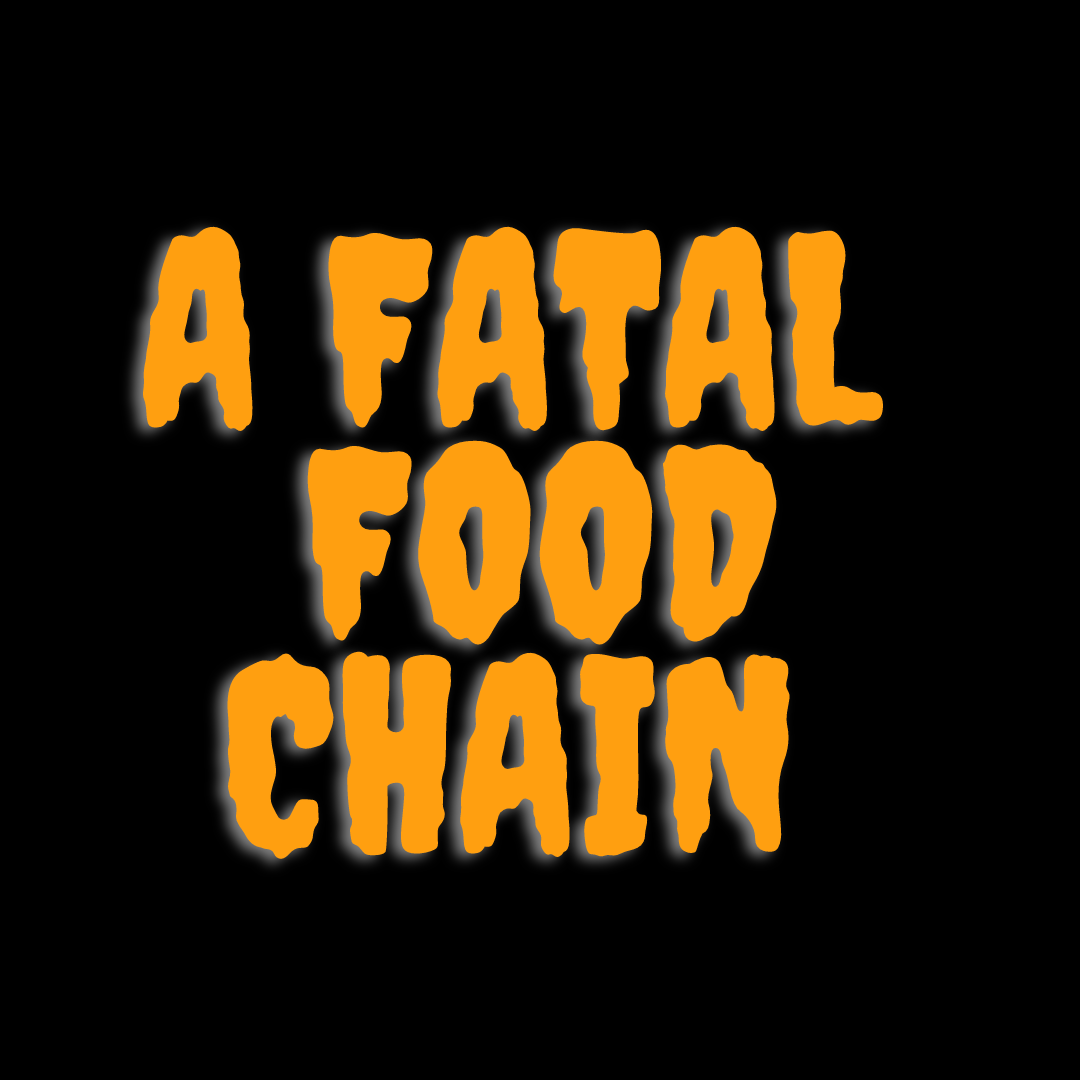Classic Halloween stories have a spooky setting (like a haunted house or an abandoned log cabin), a deranged animal, and a full moon. While the story you are about to read doesn’t contain any of these elements, the reader may argue that it’s spookier, because it’s real.
Let us begin. The setting is in present day, Umatac, Guam. To most, Guam is a beautiful island in the South Pacific that is utilized by the U.S. military for its strategic positioning. If you talk to any scientist that studies neurodegenerative diseases, they would not site Guam’s natural beauty, but rather, they would allude to Guam’s dark medical history. One that has puzzled the scientific community for years. According to a 2017 article written in Penn Medicine Magazine, 1904 was the date the first official reports documented a peculiar disease that was plaguing the Umatac community. It is said that folklore reaching back two centuries documented cases of the same symptoms: “tremors, paralysis of the arms and legs, missed memories, and bouts of dementia” (Penn Medicine Mag 2017).
The Chamorro people are the locals of Guam. They called the disease lytico-boding, which alluded to the paralysis and listlessness that characterized the disease. The more formal scientific name is amyotrophic lateral sclerosis-parkinsonism-dementia or ALS/PDC. Lytico-boding was a very fast progressing disease that affected the islanders from age 15 to age 50. In 1954, it was the leading cause of death among the Chamorro people. A 1954 article in the Neurology Journal reported the incidence rate of lytico-boding to be “50-100 times that of the global average for ALS during this time.” That’s insane!
It is truly spooky. Luckily, the rate of disease has decreased significantly in the past decade, but that doesn’t erase what caused the disease in the first place.
Scientists have studied the disease for nearly a century and still have no definitely answers. That is certainly not due to a lack of hypotheses or funding. Parties involved in trying to solve the Chamorro people’s medical mystery have included the National Institute of Health (NIH), the Department of Defense (DOD), multiple academic institutions, and scientists from various disciplines. Notable researchers who have studied lytico-boding include:
John Q. Trojanowski, Dr. Gerard D. Schellenberg, Dr. Leonard T. Kurland, Majorie Whiting (anthropologist), Dr. Peter Spencer, Dr. Paul Cox, and Dr. Oliver Saacks.
Scientific hypotheses have all pointed to environmental factors such as the cycad seeds that the villagers consumed, military waste, poor eating habits, or interfamilial marriages. The Chamorro people have their own theories, such as the disease is the aftermath of a curse from an angry Catholic priest. A popular, more recent theory, developed by Dr. Paul Cox was featured in the February 2019 edition of Fortune Magazine. His research points to the high concentration of ß-N-methylamino-L-alanine (BMAA) that remained in the fat tissue of the bats that the Chamorro people ate as a delicacy. Dr. Cox affirms that a small molecule amino acid known as L-serine can combat the affects of BMAA. He is currently involved with two Phase II trials of L-serine, one for ALS, and one for Alzheimer’s disease (AD). He believes L-serine will prevent neurofibulary tangle formation in AD and increase ALSFRS-R scores in ALS patients. The video below explains his research in Guam and in the U.S.A. further.
While lytico-boding has been useful for developing questions and theories of other neurodegenerative diseases, the mystery remains unsolved and downright SPOOKY. For more information on the medical mysteries of Guam, click here to read Steve Graff’s complete article.
HAPPY HALLOWEEN
If you are interested in more cases of neurodegenerative disease clusters. Check out the link below.

